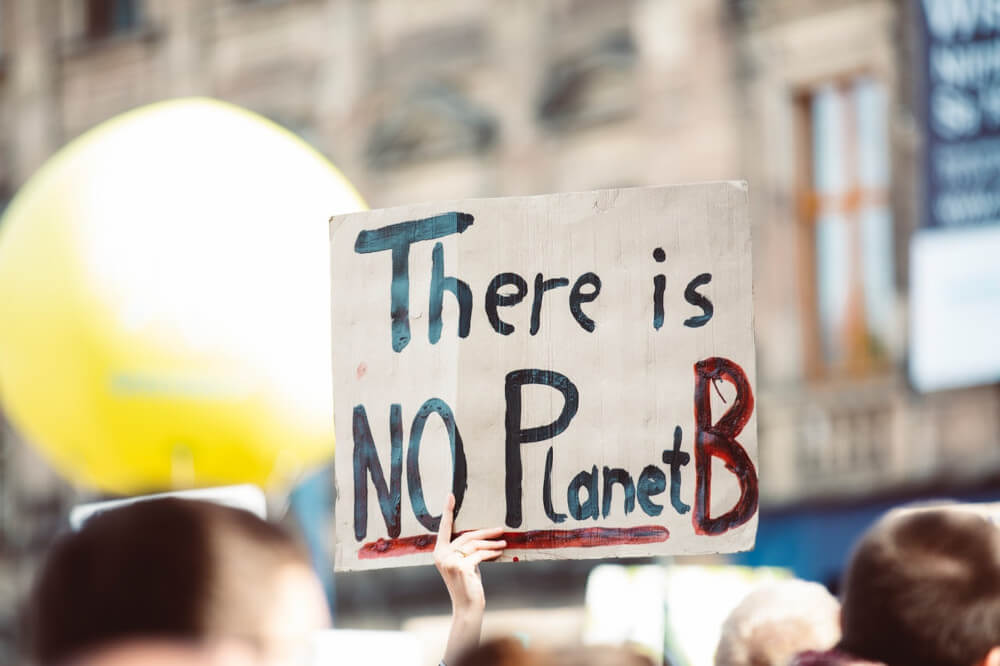
Our consumption grows. That means we’re using up more resources and generating more waste. Here are 10 tips to help save resources, reduce waste, reduce CO2 emissions, and improve your economy.
10 resource-saving tips
Earth’s resources are finite, so we must protect them. And fortunately, there are many opportunities to save resources, both when buying and selling.
Resources saving tips
- Buy durable, repairable products. Often, nicer and tastier products are superior to inferior products. They also save you money by not having to replace them as often. It reduces waste and helps personal finances. Good products are also better for recycling or reselling.
- Buying used items can save you money and help the environment. It can be home furnishings, children’s clothing, or a book for yourself. Go to a flea market or one of the many online marketplaces for used goods. Delight others by reselling, gifting, or donating items your child has outgrown. Then you can post on the landowners’ association’s Facebook page that there are items available for free pick-up. Then skip the recycling station.
- Reusing or sharing doesn’t feel as good as throwing out. It is also more eco-friendly. The idea is simple: the more people use something, the less it is needed, saving resources for new product development.
- Sharing, like recycling, pays. Sharing children’s clothes and shoes is a good idea. Not true for infant clothing. It’s obvious to share it with others – or to rent some from Circos. Sharing instead of throwing away saves both money and the environment.
- Environment, In the first year, borrow up to two-thirds of your baby’s clothes and buy the last third yourself. That money can buy a stroller, a pram, or a cargo bike. But the environment also benefits. Water, energy, and chemicals are used in clothing production. Borrowing up to 2/3 of the clothes the first year saves 10,867 liters of water, or 2,900 toilet flushes. You save 2,175 MJ of energy, which is equivalent to 13% of a household’s annual electricity consumption.
- There are other places to save and share. Things you don’t need every day can be shared with friends, neighbors, or family. Make carpooling arrangements with nearby friends, or pool larger tools and garden machines with your landowners association neighbors. You can also use online marketplaces to rent clothes and bags for events where you want to earn a little extra cash.
- When things break, many people toss them. A hole in the kids’ pants, a strap in the towel, a stain on the small table, or a blender’s knife can put an end to a good thing. Repairing rather than replacing is usually cheaper and easier than throwing out and buying new.
- If you don’t have one, ask your neighbor for one. If you can’t fix it yourself, find a tailor, a shoemaker, a carpenter, or a workshop.
- A worn pillow case can be cut into smaller pieces and used as cleaning cloths. The metal can from the coconut milk can be used as a flowerpot.
- Giving something a new purpose can give it new life. And you can save money, reduce waste, and get unique items for your home by being creative and following the many DIY tips of the time. When making items for use with food or skin, such as jewelry, be mindful of the materials you use. Not all materials are suitable for this purpose, despite the idea being appealing.
- Choosing products with the Nordic Ecolabel or the EU Flower helps to reduce environmental impact, and you can be sure that the product is among the most environmentally friendly in its category.
- Ecologies and chemicals are strictly regulated. They reduce the environmental impact of production and your exposure to chemicals when using the products. A product’s life cycle can be extended by reusing and recycling materials.
- The eco-labels demand quality. The service life of many products has the greatest impact on the overall environmental impact. Then the brands make recycling demands. For Swan-labeled furniture, for example, metal and plastic must be easily dismantled for recycling.
- Spend money on good experiences, both for yourself and as gifts. You can buy or make your own gift cards. A delicious brunch, a babysitting clip card, a drawing class, piano lessons, or a picnic in the woods. Buy yourself an experience you’ve always wanted, or find the perfect experience gift for someone special. Experiences bring joy and do not go to waste.
- The most sustainable consumption is non-consumption. So, before you buy something, ask yourself if you really need it. Be thrifty, sensible, and mindful of your spending. As a general rule, you can agree not to buy things you don’t need or won’t have time to eat or use before they expire.
- To avoid food waste, make weekly meal plans and stick to them so that the ingredients you buy are used. Make a shopping list and stick to it so that a flowery quilt from the spotlight shelf and an extra liter of milk that you don’t need end up in the basket.
- Do you still read the newspaper you subscribe to, or does it usually end up in the trash? Then you should cancel your subscription or opt for a weekend subscription.
- If you prefer to skim through offer newspapers to find good deals, you can use an offer app like eTilbudsavis or mine offer instead of receiving them by mail. It saves paper and is also much smarter. You can, among other things, find all the offers in one place. Make shopping lists and find the best prices.
- Consider a small box instead of a small freezer bag for a single piece of fruit or vegetable that your kids can eat during recess. You should also buy your own thermo mug if you drink a lot of coffee on the go. Invest in a good water bottle that you can refill and recycle rather than buying a plastic bottle every time you get thirsty.
- Glass, bottles, paper, plastic, cans, batteries, and food waste. You can sort your waste before you throw it out if you can’t use it at home or give it to others. Sorting waste allows you to reuse materials for new products. Sorting waste helps save resources and prevents toxic waste from being incinerated. In the absence of sorting, all waste is incinerated, destroying valuable materials. On the Danish Environmental Protection Agency’s website, you can learn why sorting waste is vital.
- Some people struggle to sort waste. Maybe you don’t have enough space in your apartment, or the food waste bin smells and attracts banana flies. But it doesn’t have to be. Use fabric nets, buckets, or boxes for different materials, and empty them on a specific day of the week. You can involve the whole family and assign tasks to everyone, including the kids. Plastic waste is one thing, but cardboard and paper are another. So everyone gets involved, and your kids learn the value of responsibility and environmental stewardship. Also, children enjoy being able to assist. When you work together, it makes the task easier.
Make an impact
When a household recycles all waste rather than burning it, it saves enough energy to run the washing machine, dryer, and dishwasher.
We save energy equivalent to 14 days of average household standby consumption for every kg of plastic waste recycled rather than incinerated.
